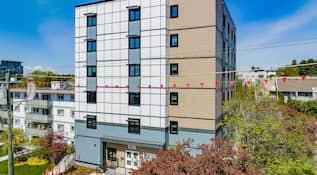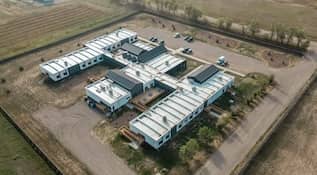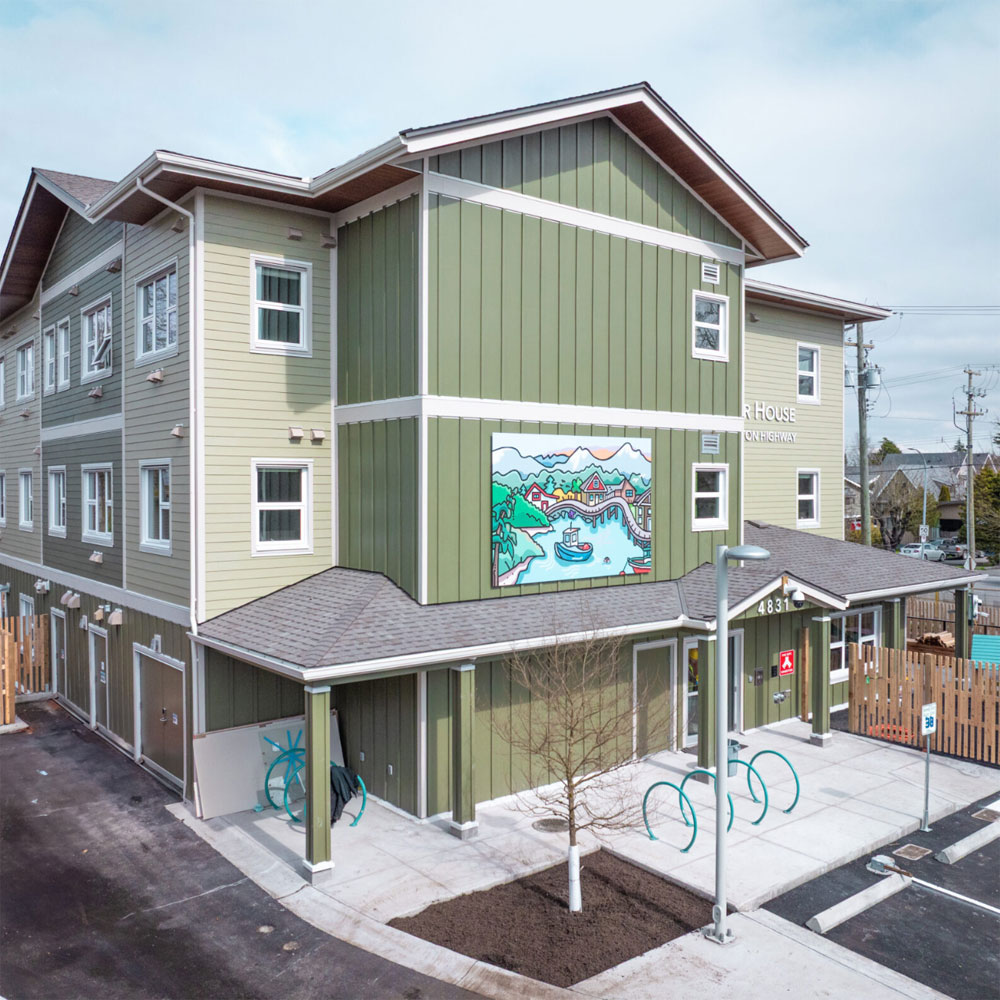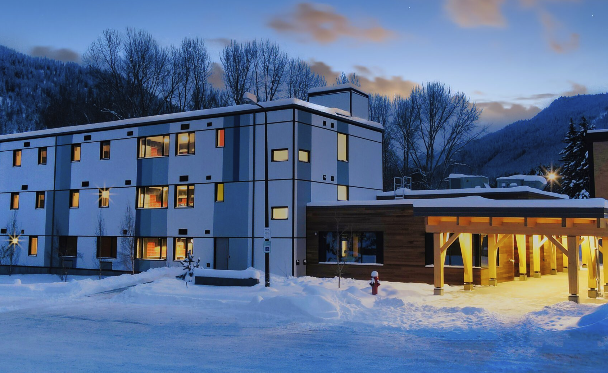When it comes to industrial development, timelines and budgets matter. And that’s exactly where modular construction shines.
At ROC Modular, we’ve seen firsthand how modular construction economics stack up favourably compared to traditional building methods. This is especially for industrial applications. Whether it’s a power station, data center, manufacturing facility, or remote site installation, industrial modular cost savings are a great way to help companies approach capital projects.
Here’s an exploration of the top economic advantages and why industrial leaders are shifting towards modular.
Reduced Labour Costs
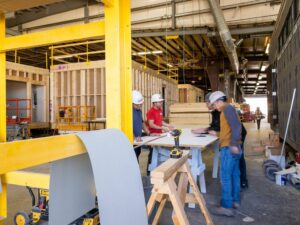
You need to build smarter, not harder. Labour costs have become one of the most volatile and unpredictable factors in industrial construction. Between skilled trade shortages, unionized labour demands, and fluctuating wage rates, staying within budget on a traditional job site is no easy feat.
Modular construction flips the script by shifting a significant portion of labour off-site and into a controlled, factory-like setting where productivity is higher, schedules are tighter (in a good way), and risks are lower.
Here’s how that translates into real cost savings:
Lower On-Site Labour Requirements
Modular projects require fewer skilled trades on location since much of the work like framing, plumbing, wiring, insulation, and even finishes, is completed off-site.
Faster Assembly = Fewer Labour Hours
Because modules are fabricated concurrently with site prep, assembly time is drastically reduced once the modules arrive. On average, modular construction can shave 30-50% off traditional project schedules, which means fewer overall labour hours and lower total wage bills.
Faster builds also reduce the need for costly overtime or scheduled compression, which often inflates the budget on traditional projects.
Standardization + Repetition = Labour Efficiency
Modular building encourages repeatable processes and standardized details. Workers in manufacturing settings become more efficient over time as they repeat the same tasks under optimized condition. This creates higher productivity per labour hour, lower error and rework rates, and economies of scale when producing multiple identical or similar units.
Bottom line? Industrial clients save significantly on labour by leveraging predictable, factory-based production environments.
Shorter Project Timelines is an Accelerated ROI

Time is money, especially for industrial projects where delays can cost millions in lost production. With modular, site prep and building fabrication happen simultaneously, slashing overall budget timelines by 30-50%.
Faster timelines translate to:
Earlier commissioning and operational readiness
The sooner your facility is up and running, the sooner it can generate revenue or support critical operations.
Reduced interim financing costs
Financing construction is expensive, especially when timelines stretch. By completing the build faster, modular reduces interest paid on construction loans, holding costs on unused or incomplete infrastructure, and administrative and insurance expenses tied to prolonged builds.
Accelerated return on investment for modular buildings
Ultimately, the faster your facility is complete, the quicker it begins paying for itself. Whether it’s a data centre, processing plant, or remorse utility site, industrial modular construction shortens the gap between capital outlay and ROI.
Material Waste Reduction – Efficiency Built In
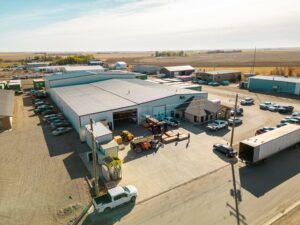
Construction waste doesn’t just harm the environment, but it hurts your budget.. In an article from McGraw-Hill Construction, they’ve reported that traditional construction can produce up to 30% material waste while modular construction can reduce this to under 10%, thanks to factory-controlled environments.
Check out the article here for more information.
This stat is widely cited across industry literature, including in reports by McKinsey and the Modular Building Institute.
The reason why these stats are true are because:
- Precise factory cutting and standardized designs
- Efficiency inventory control
- Ability to reduce excess materials in future modules
This waste reduction adds up, delivering real savings, especially when materials like steel and concrete represent major cost drivers in industrial settings.
Predictable Budgeting = No More Surprises
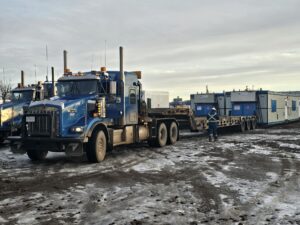
One of the biggest frustrations in traditional construction is budget unpredictability. Change orders pile up, weather delays stretch timelines, and unforeseen issues on-site push costs beyond the original estimates… fast!
Modular construction brings a level of budget certainty that’s tough to achieve with “stick-built” projects. Fewer change orders, fewer weather delays, and scope creep mean you get:
Better forecasting accuracy
With modular, costs are locked in earlier. Factory production relies on repeatable processes and detailed pre-construction planning, which makes it easier to provide accurate quotes, avoid inflation or price swings in labour and materials mid-projects and align procurement timelines with actual build stages.
Lower risk exposure
When you reduce on-site construction time, you reduce your exposure to cost risks like weather delays, site-specific safety hazards and unexpected ground or structural issues.
Improved stakeholder confidence
Clear budgets build trust. Project owners, financial controllers, and investors are far more confident when they can see a defined schedule with minimal unknowns, a cost structure that holds steady, and a proven delivery method that reduces surprises.
Modular construction gives industrial leaders more control over their capital, which turns what could have been unpredictable builds into tightly managed, high-confidence investments.
Long-Term Flexibility – Built for Change

If there’s one constant in industrial environments, it’s changed. Industrial facilities evolve. Production demands increase, equipment upgrades are needed, compliance regulations shift, and entire facility layouts need to adapt to new technologies and workflows.
Modular construction doesn’t just offer a fast and cost-effective way to build, it also sets you up for long-term adaptability.
Unlike traditional buildings that are rigid, costly, and time-consuming to modify, modular facilities are designed with reconfigurability in mind. They’re engineered as components, not just structures, which makes them easier to adjust as your business grows or pivots.
This allows for easy expansion, reconfiguration, or relocation; minimized downtime during changes; and a future-proof investment.
This adaptability enhances the lifetime ROI of modular buildings in ways traditional construction just can’t match.
Your operations may change. Your market may shift. But your facility will be ready.
The ROI is Clear and the Opportunity is Now
In an era where efficiency, adaptability, and speed define success, modular construction isn’t just a smart option. It’s a strategic evolution in how industrial infrastructure is built and scaled.
The financial case is clear: Lower costs, faster timelines, less waste, and greater long-term flexibility.
But the deeper value lies in future-proofing your operations. With modular, you’re not just building for today’s needs, you’re building for tomorrow’s opportunities.
At ROC Modular, we don’t just build structures. We help industrial leaders build momentum. If you’re considering a new facility, an expansion, or a faster path to production, we’re here to help you explore whether a modular solution aligns with your vision and your bottom line.
The smartest investment isn’t just in building. It’s in the future you’re building towards.
